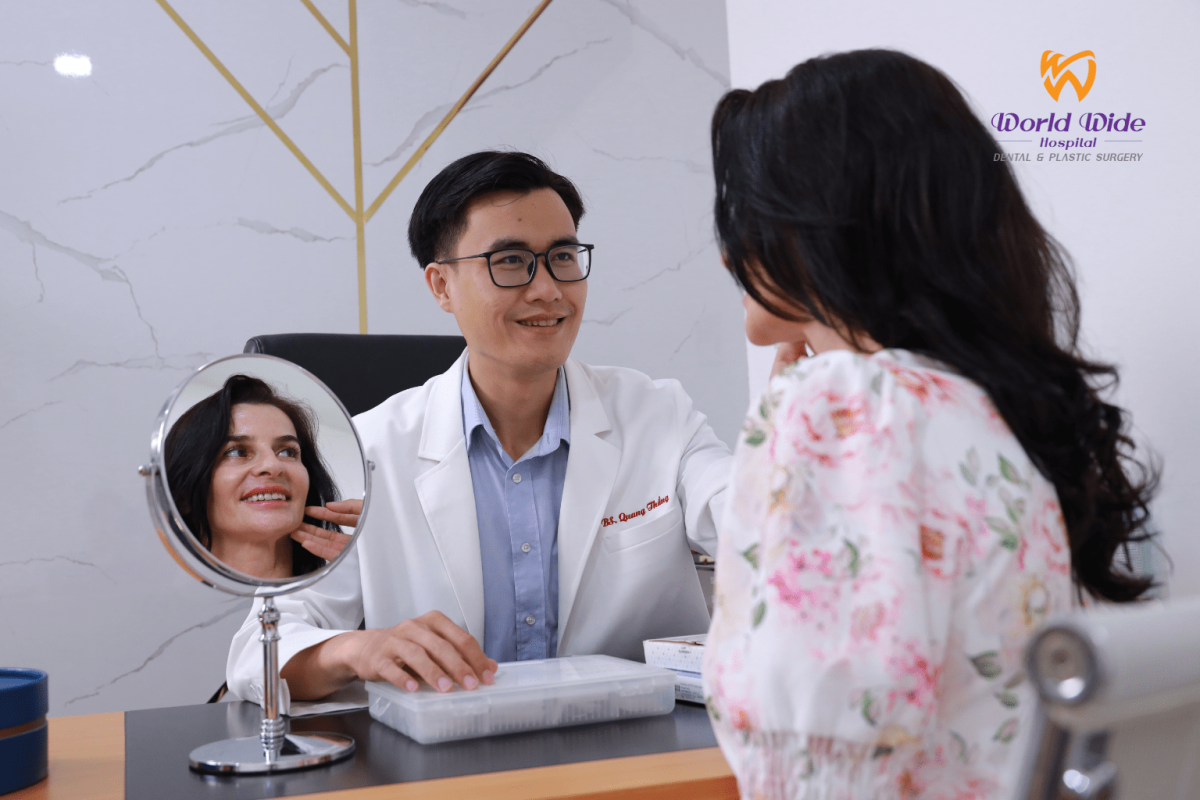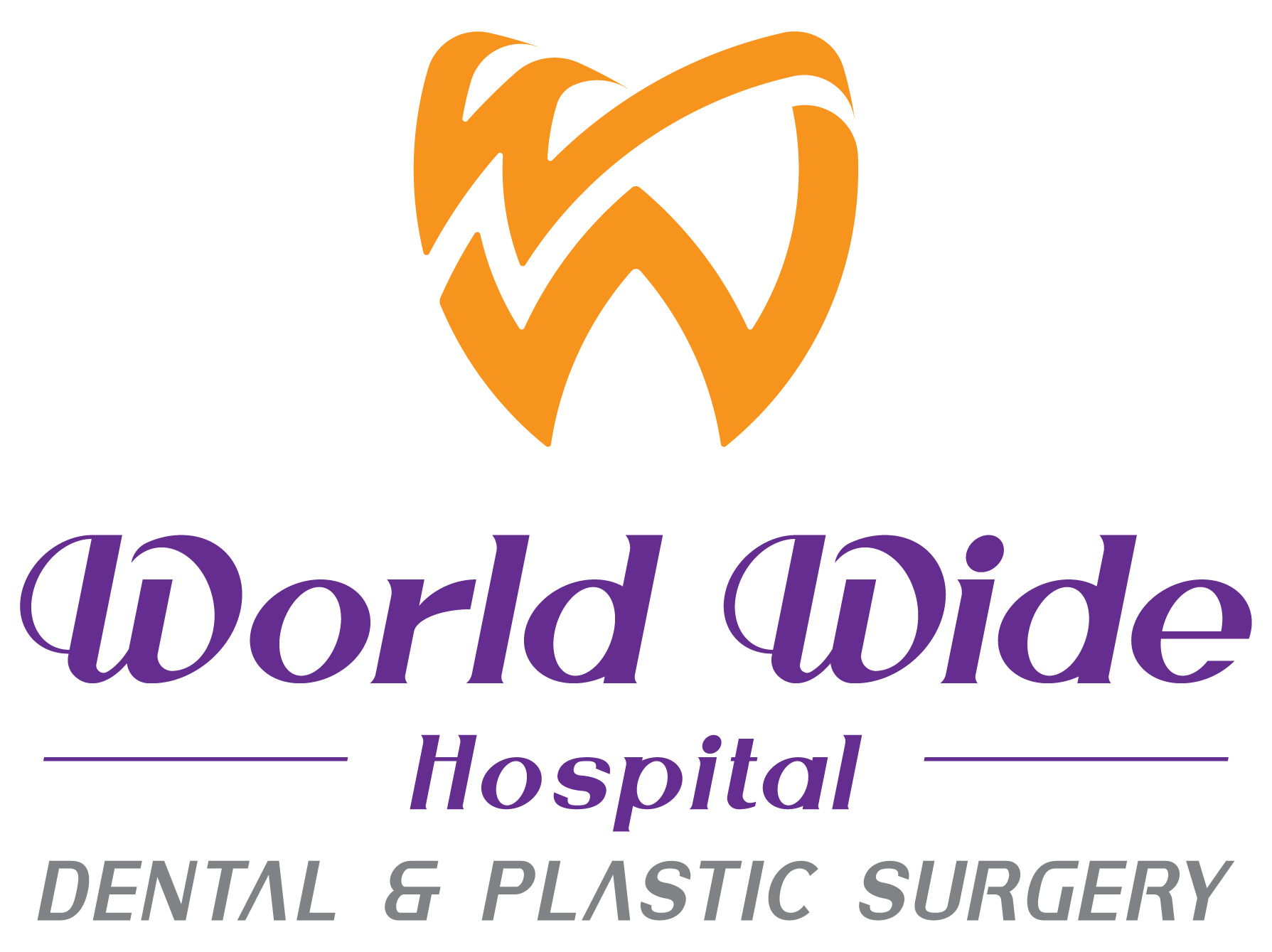
- You will feel some pain for 2 to 4 days after surgery. You may have some trouble opening your mouth for several days. For about 1-2 weeks your facial movements will be restricted. The skin around the incision probably will feel numb, tight, swollen. You may have some itching or pain as the feeling returns. During the healing period, facial movements should be kept to a minimum.
- Stay on soft foods to minimize chewing for a few days after surgery, until you can chew like normal without feeling uncomfortable. Avoid hard foods until the wound is completely healed.
- You must wear the chin strap continuously for the first two weeks after surgery (except for when showering/cleaning incisions). Every 4-5 hours, you can take the chin strap off for about 10-15 minutes to let the skin breathe. The strap helps fight forces of gravity immediately after surgery and helps improve any swelling. After 2 weeks, you can wear the chin strap for as long as you can (usually at night for convenience) as this prevents sagging skin.
- Avoid highly processed foods, high-fat fried foods, sugary treats, drinks, as well as a diet high in salt is key to a faster and smoother recovery time. Fluids are still crucial, so drink up, eat well, and sleep often to get the best possible results from surgery. Avoid eating foods that may cause allergy.
- Avoid alcohol and quit smoking until at least a month after surgery.

- Many facelift patients find that it takes around 5-10 years before they experience a significant return in their signs of aging. Keep in mind that this timeframe may vary based on:
- Age, how extensive your signs of aging were before your facelift
- Your lifestyle (avoid excessive sun exposure, smoking, or alcohol consumption)
- How often you wear the chin strap.
Shower & Care for the incisions
Until stitches removal, clean the skin incisions with normal saline (Natri Clorid 0.9%) and sterile compresses three times per day starting the day after surgery. It’s important to clean any dried blood and dead skin cells from the incisions. This helps prevent the incisions from being red & swollen, which is important for healing.
You can take showers any time after your surgery, but do not get soap on the incisions until after stitches removal. For a few days after surgery, you can use compresses and water to gently wash your face and neck. After 3-4 days, you can use water to gently wash your face but avoid pointing the water stream directly at the incisions. You can use dry shampoo for your hair. We do provide hair washing service at our hospital.
After stitches removal you can take full shower. We recommend shampooing your hair with mild products, such as baby shampoo. Your hair may be dried with a blow dryer on a cool setting since you may not have full sensation in the operative areas.
After all stitches have been removed, use scar cream as directed by your doctor/nurse. We recommend using Stratamed cream twice a day. Make sure you clean the incisions before putting on the cream.
Moisturizer, make-up and sunblock
You can use moisturizer, make-up and sunblock as long as it doesn’t cover the incisions. A few days after stitches removal (or when the incision sites are fully dried and healed), you can put on normal skincare products and make up.
During the first 3-4 months after surgery, exposure to sunlight should be minimized. If you must be in the sun, apply sun block or sunscreen with a SPF of 30 or higher to the rest of the face. Severe sunburn could result in permanent scarring or discoloration.
Follow-up appointments
- You will need to see the surgeon for checkup day 1 and day 3 after surgery. Your stitches will be removed between 7 to 10 days after your surgery. Your nurse will make these appointments for you and will inform you if more appointments are necessary.
- It is crucial that patients attend all of their required follow-up appointments. During these visits, the surgeon will evaluate your healing progress and make ongoing recommendations regarding your recovery. Our nurse will change your bandage and clean the surgery sites for you at each follow up appointment.
- Besides these mandatory appointments, you are welcome to stop by the hospital anytime if you want our nurse to care for the incisions for you.

Exercise
Avoid bending over, lifting and strenuous activity for four (4) weeks. At four weeks you may begin walking and light exercise, gradually working up to a normal routine by 12 weeks. Be careful when using a towel, be gentle around the scar area. Do not wear swim goggles as this will put a lot of pressure on the scar, which can slow down the healing process.
Discoloration
Your face likely will be bruised and swollen for about 10 days. The swelling will get worse during the first few days and will start to get better after day 4 or day 5.
Within the first 3 months, your incision sites might still be red and feel tight or hard. In general, it usually takes about six months for incisions to fully heal and begin to fade from pink to more of a white hue, but it may take between 1 – 2 years for the scars to fully fade.
Antibiotics
Please take the antibiotics as directed. Make sure you finish the antibiotic even if you feel like you are completely better and do not need it. Discontinue antibiotic use in the event of a rash or other unfavorable reaction, and notify the hospital of the reaction.
If you have the following symptoms, please call for assistant at +84 (922253888): a fever of 100.4° F (38° C) or higher, shaking chills, nausea, vomiting, increased pain, swelling, and redness at your surgical sites, continuous drainage from your suture lines, separation of your suture lines, sudden shortness of breath or trouble breathing, any unexplained or unexpected symptoms.

 Tiếng Việt
Tiếng Việt